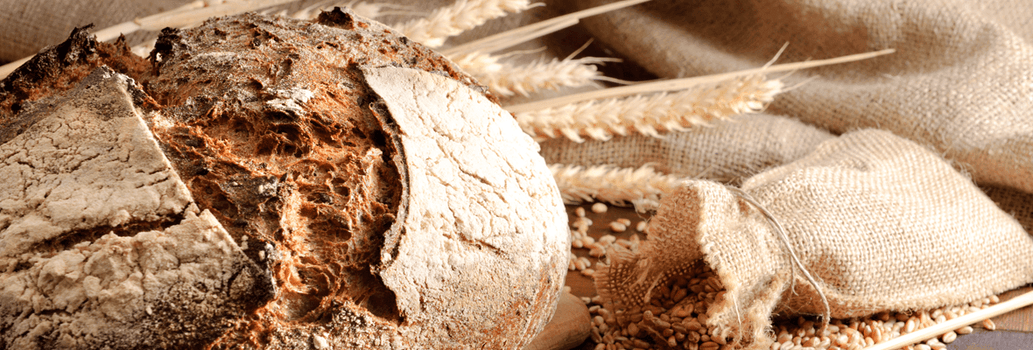
Paleo diet linked to low iodine levels
The paleo diet once topped the diet lists, but its popularity seems to have peaked. Followers of the high fat, low carb diet avoid processed foods, as well as grains, legumes and dairy. But while eating like a caveman may be able to offer short term weight loss, research on its long term effects has been limited.
Whenever a diet asks you to remove multiple food groups, there is a risk of unintended consequences. A 2017 study out of Sweden found just this when they looked at older women eating a paleo diet compared to those eating a ‘Nordic’ diet – one nutritionally similar to a Mediterranean diet.
After following both groups for two years, it was found that those on the paleo diet were more likely to have developed a mild iodine deficiency. Researchers noted that all women had similar iodine levels at the start of the study, but by the six month point, average levels in the paleo group had already begun to drop.
Why is iodine important?
Iodine plays a key role in thyroid function. It’s the thyroid’s job to regulate metabolic processes, such as heart rate, blood pressure, body temperature and weight. While at the end of the study the iodine deficits were minor, when more severe iodine deficiencies occur they can lead to hypothyroidism in adults, with symptoms such as fatigue, weight gain and even mood swings.
How much iodine do you need?
The recommended iodine intake for men and women is 150 micrograms/day. Pregnant women are advised to increase their iodine intake to 220 micrograms/day and breastfeeding mothers to 270 micrograms/day.
What do the researchers think lead to the deficiency?
While seafood and shellfish are good sources of iodine, they’re not the most commonly consumed sources. Where most of us get our iodine is through iodised salt, dairy products and breads – the very foods the paleo diet excludes. In fact, since 2009, the Australia New Zealand Food Standards Code requires almost all breads to use iodised salt to help combat growing iodine deficiency across the population.
Need to boost your iodine levels?
Consider making these foods part of your regular diet.
| Food | Serve | Iodine (approx.) |
| Iodised salt | 1 gram | 50 micrograms |
| Milk | 1 cup | 16 micrograms |
| Bread | 2 slices | 30 micrograms |
| Cheese (cottage) | 100g | 26 micrograms |
| Yoghurt | 1 cup | 10 micrograms |
| Eggs | 1 boiled | 25 micrograms |

The latest nutrition advice, plus health and wellness tips delivered to your inbox monthly